Farming Against Time: For Bhil Women, Natural Farming Comes at a Cost
- Mansi Vijay
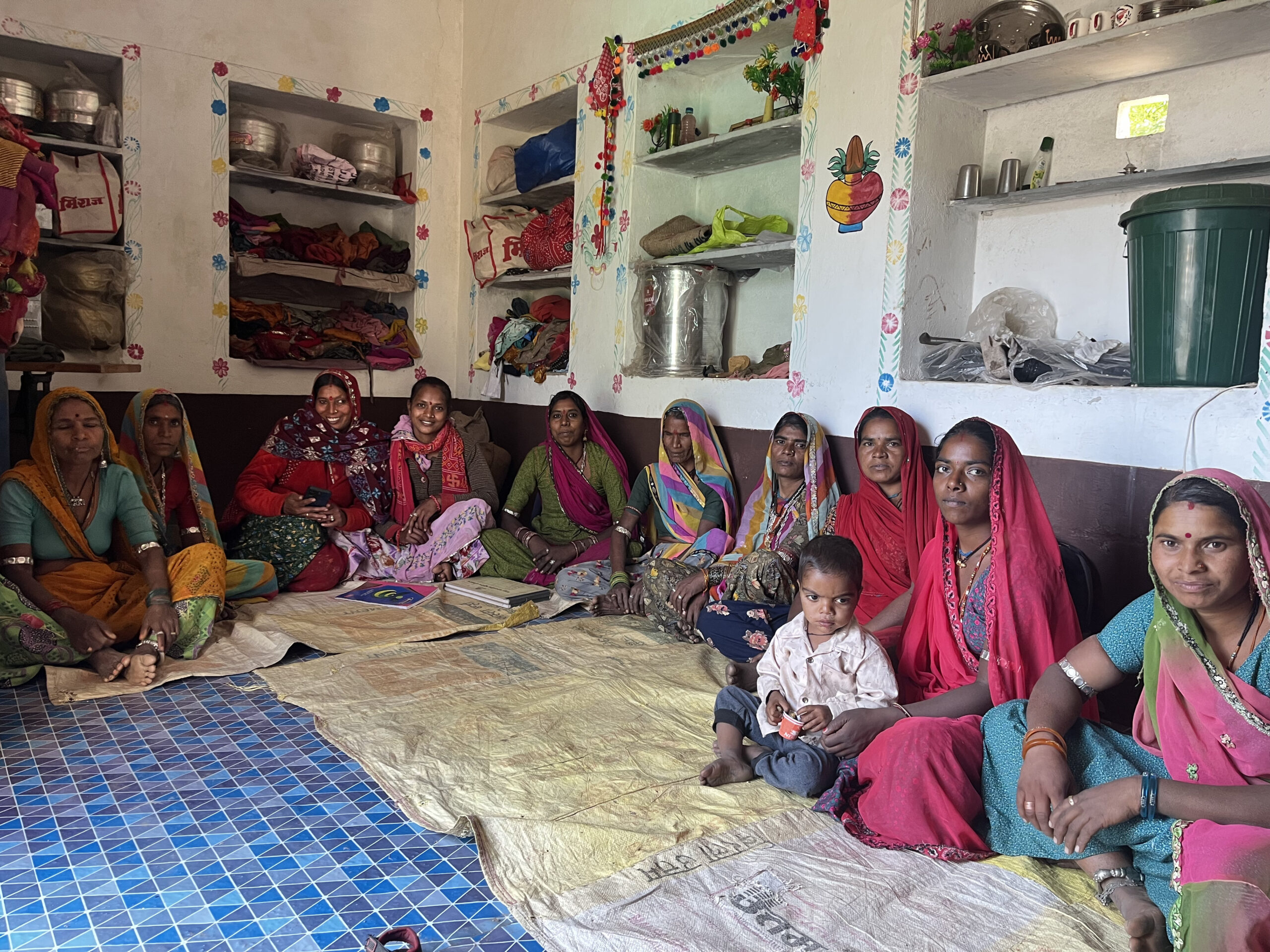
The Bhil tribal hamlets in Peepla village in Rajsamand’s Kumbhalgarh tehsil are marked by their elevation. The higher the house, the lower the income. The Aravallis rise and fall in the distance wrapped in dry ridges of scrub and stone. The roads are dusty, water is scarce, and agriculture is a gamble with extreme weather conditions.
The Bhil women wait for the rains, and when it comes, they wait for it to leave. Too much, and the maize and moong collapse into the mud. The cumulative rainfall from June to September 2024 was recorded as ‘excess’ to ‘large excess’ in several parts of Rajasthan, with Rajsamand seeing 47% more rain than ‘normal’. Other times, Peepla runs into severe water scarcity, leaving the soil parched and unyielding.
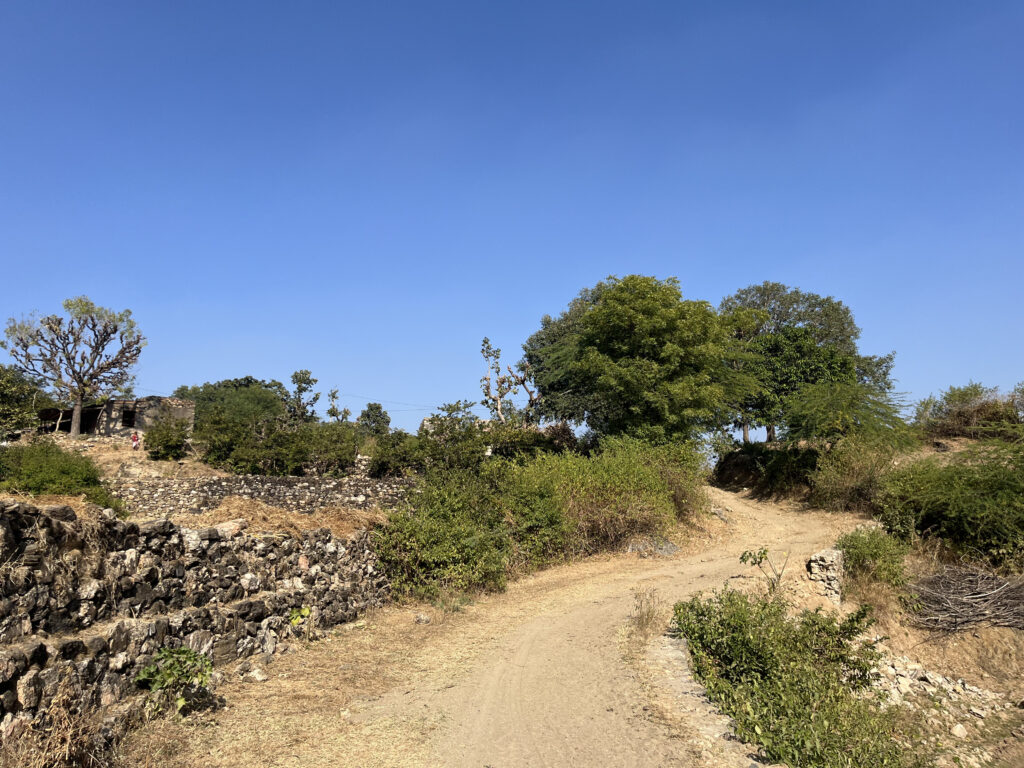
“Kheti toh subah shaam hoti hai, uske liye koi time thodi hai (farming happens day and night; there’s no fixed time for it),” says Jasodha Kumari Bhil, 24, flipping through a thick register with names and repayment dates.
Around her, the women of Sitaram Mahila Utpadak Samuh gather, listening intently. As a community worker with Gramshree Foundation, a non-profit, Jasodha has spent the past year organising the Adivasi women of Peepla into producer self-help groups (SHGs), nudging them towards natural farming. Change trickled in slowly–one meeting, one loan, one season at a time.
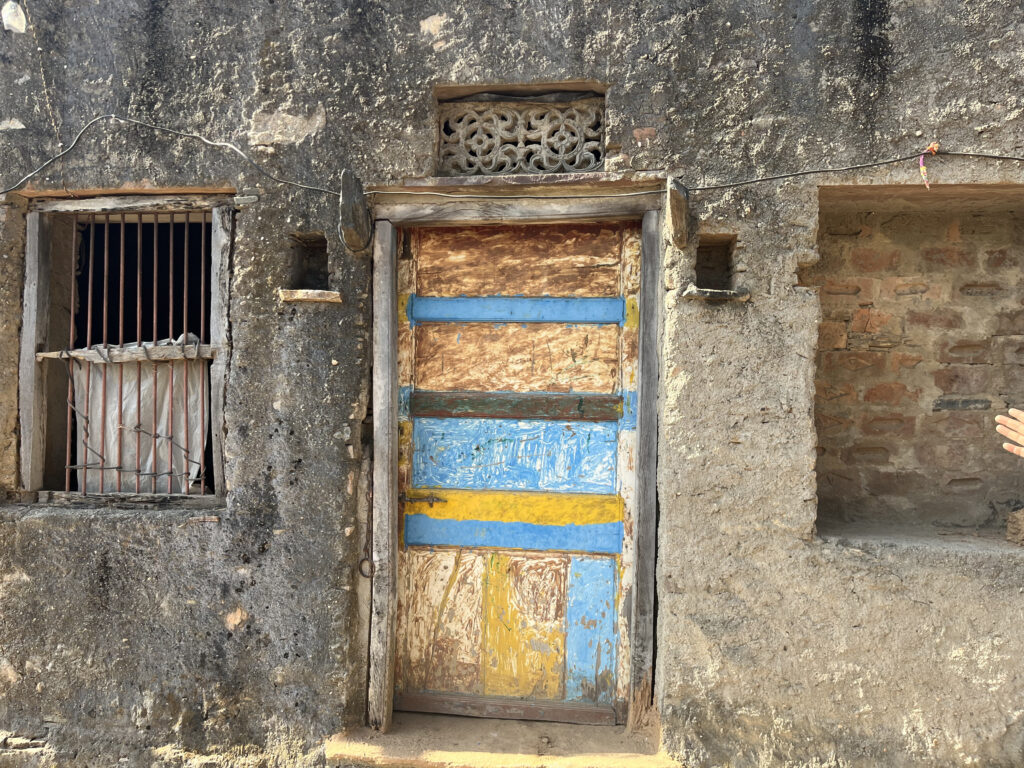
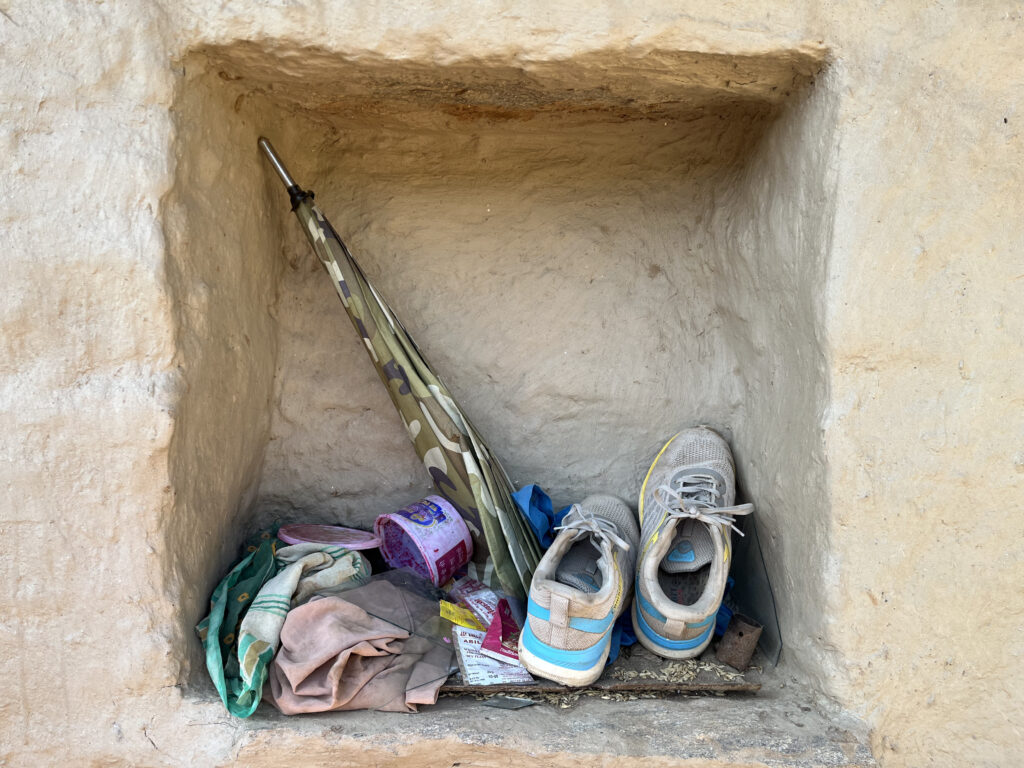
“We Adivasis have always lived and earned off our land,” says Jasodha. The 2011 census recorded Peepla’s population at 1,243 persons, with 66% belonging to Scheduled Tribes (ST). Of Kumbhalgarh’s 1.4 lakh residents, nearly 29.8% hail from marginalised ST households.
After COVID-19 disrupted livelihoods and food supplies, widespread food insecurity and malnutrition were observed among several vulnerable tribal communities across Rajasthan.
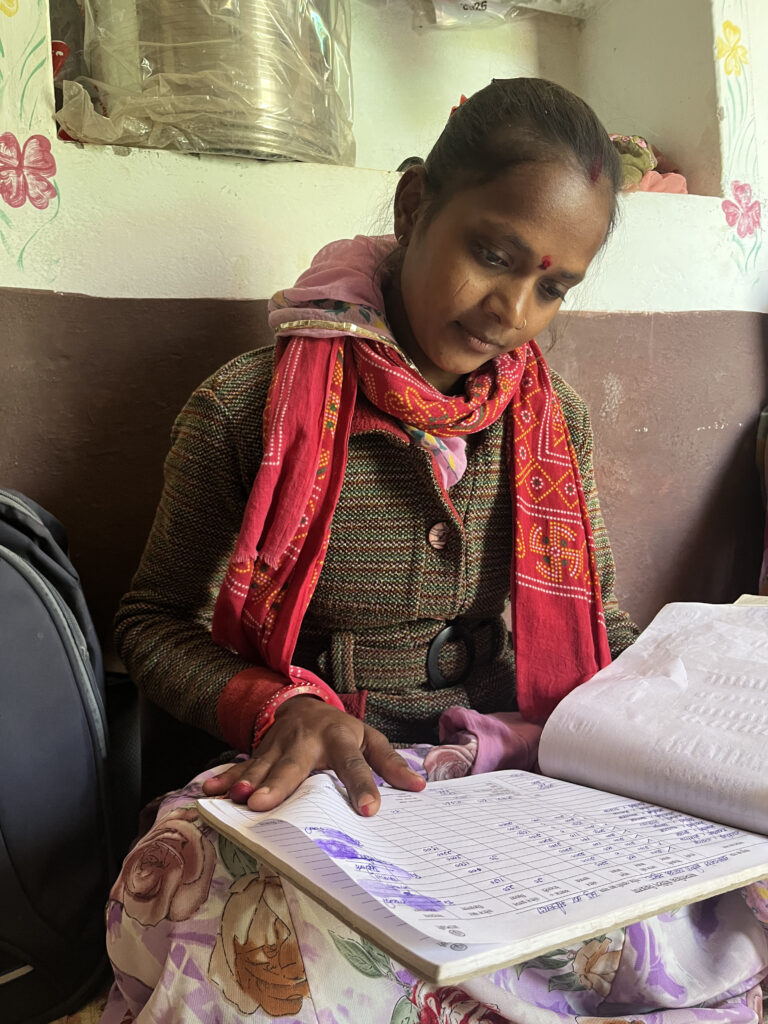
For the tribal cultivators of Peepla, natural farming came as a reprieve, a climate-resilient way out of the chemical trap of urea and DAP (phosphate-based fertiliser). They now grow organic –tomatoes, brinjals, chillies, mustard, and chana. What they don’t eat, they sell. “It’s not much,” Jasodha admits. “But it feeds us.”
The women know the methods by name: neemastra, neem leaves crushed into pesticide; beejamrit, seed treatment made from mixing cow dung, urine, and limestone; jeevamrit, a liquid bio-fertiliser to enrich the fields. Lauded by the Ministry of Agriculture as “Zero Budget Natural Farming”, the masked cost of women’s intensive labour, as marginal cultivators and agricultural labourers, is heavily unaccounted for in the process. In a three-part series BehanBox has reported on the challenges facing women who take on natural farming (here, here and here).
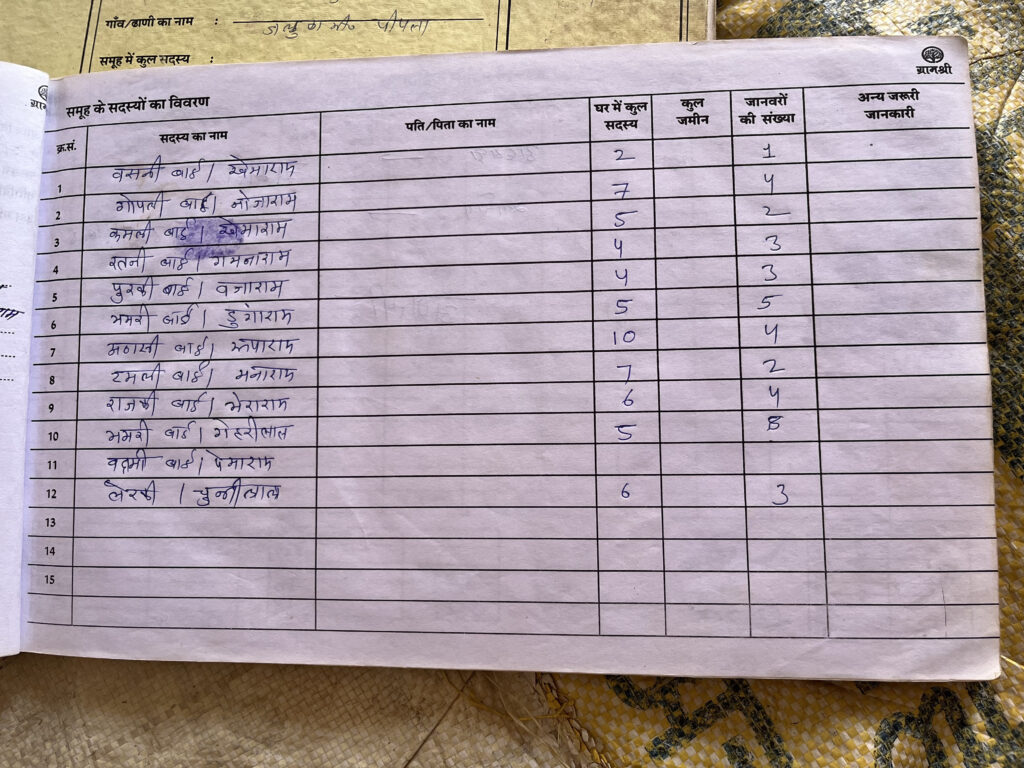
But this kind of farming takes time, according to Ratnibai Bhil, 42, who earned Rs 15,000 from her last crop of turai (ridge gourd) and tomato. By summer, the wells dry up. From last April to June, she irrigated by hand, pouring water from a lota, waiting for the monsoon to arrive.
Yet in the past kharif season, her family’s entire crop of maize, moong and urad was ruined by excessive rains. The women say that much of Peepla’s farmland suffered similarly.
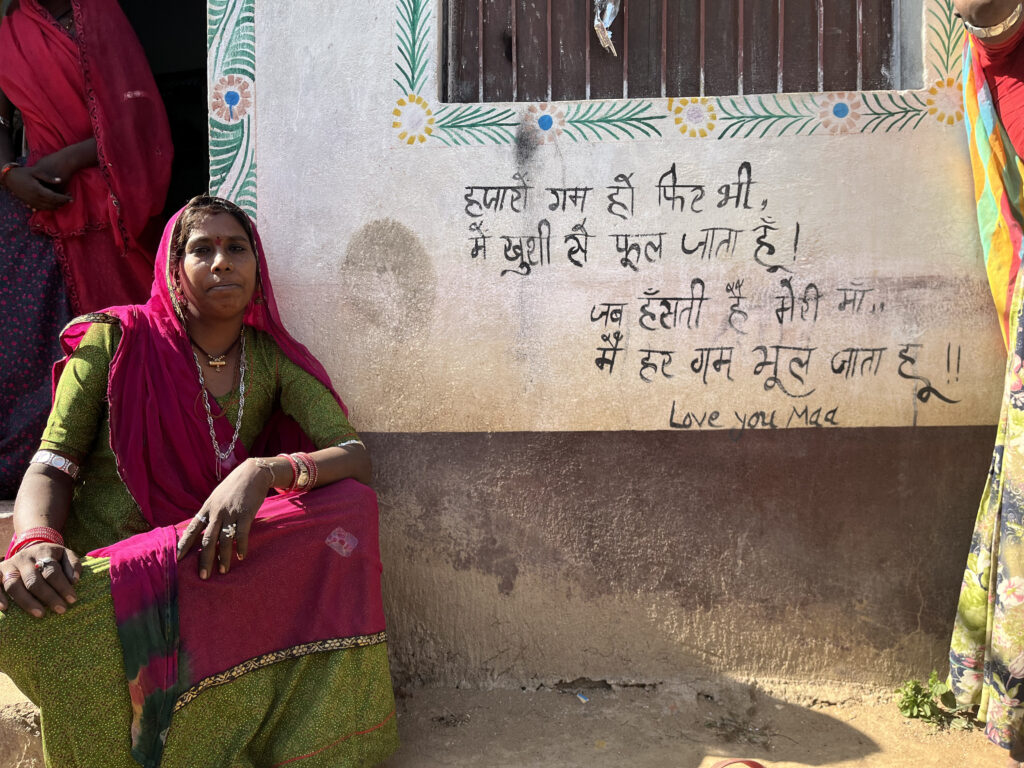
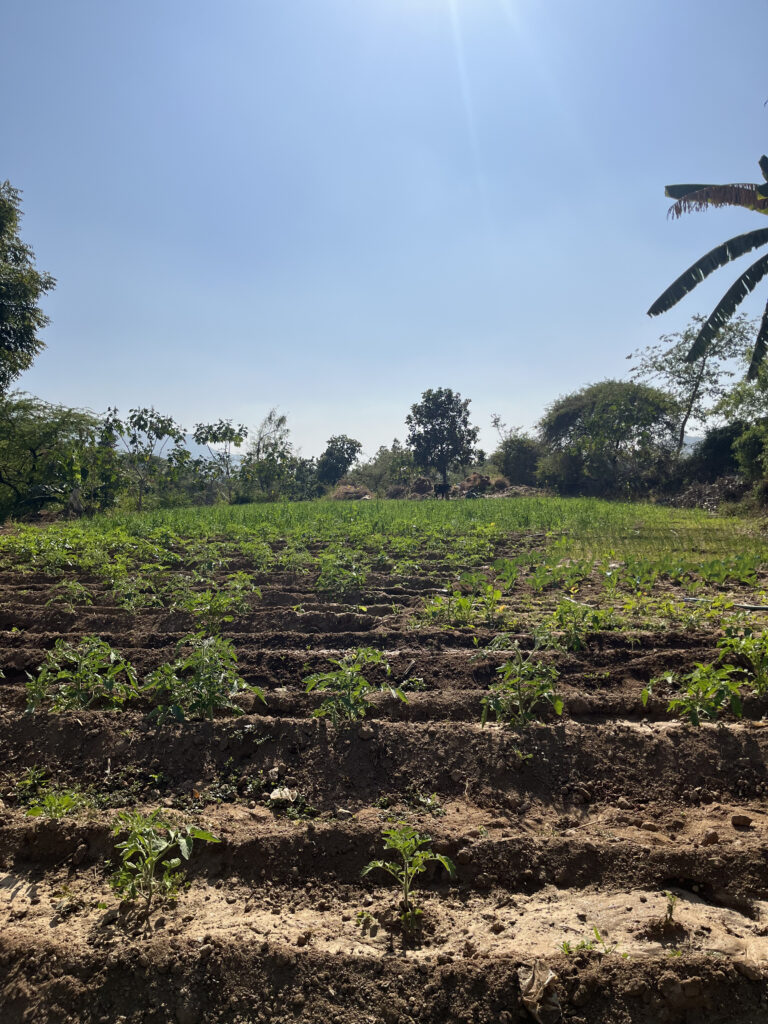
“Keedi chadh rahi hai ki kaam karne jaoon (I feel restless if I sit idle),” Ratnibai says with a laugh. She learned natural methods on an exposure visit to Udaipur but couldn’t prepare her natural inputs for this season.
“It takes too long,” she admits.
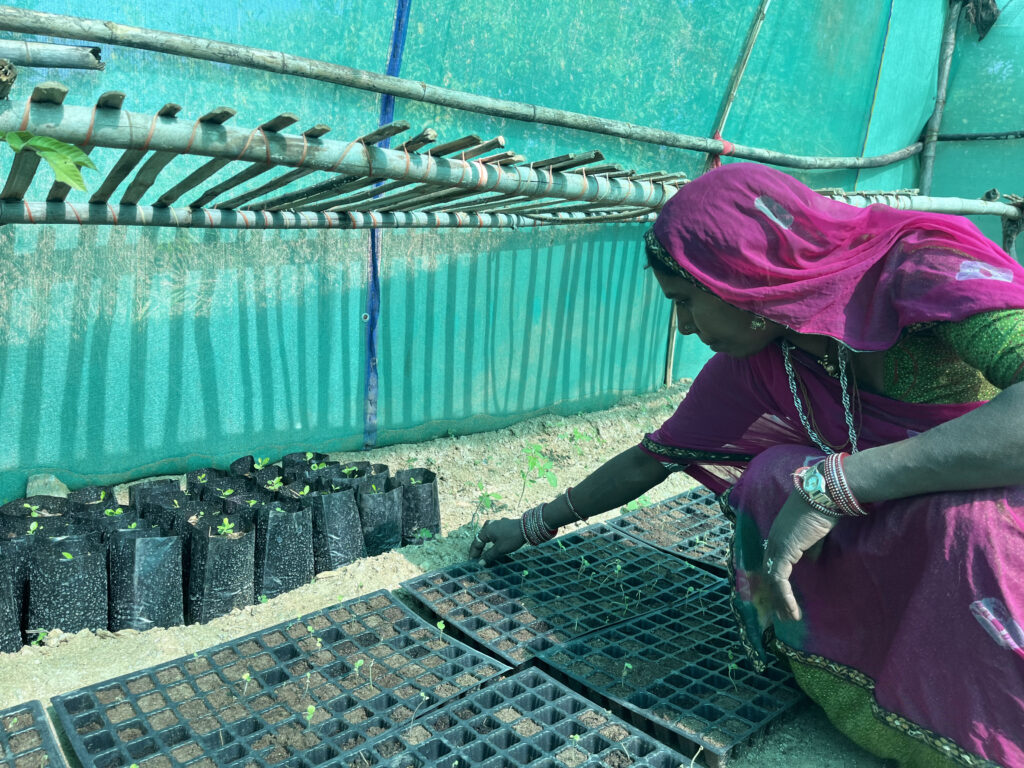
For older farmers like Pheplibai Bhil, who says she is in her late 60s, the uncertainty around cropping decisions has intensified in the last few years. “I made Rs 20,000 last season for the first time farming vegetables. But my body is giving up.”
When the maize failed, the women turned to the wild greens. Cheel, a weed that grows alongside wheat, is simmered into a simple curry. “Cheel badhiya laage (tastes good),” the women’s chorus exclaims.
“Will we now have to buy makka from outside too? Is that what it’s come to?” asks an agitated Pheplibai.
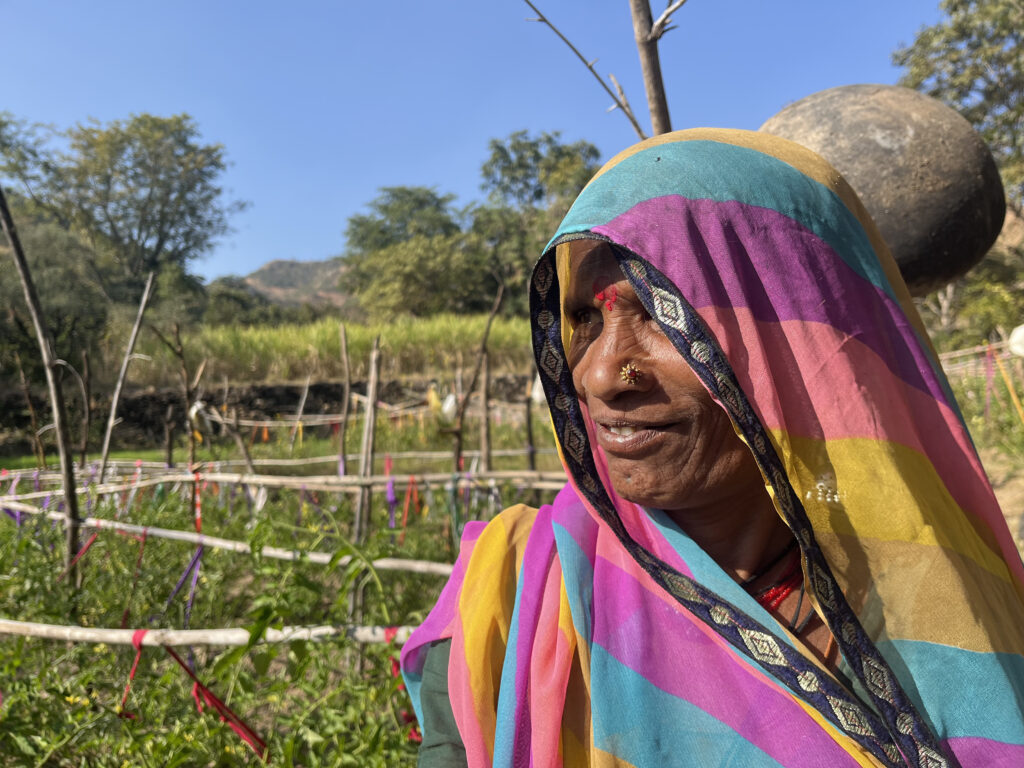
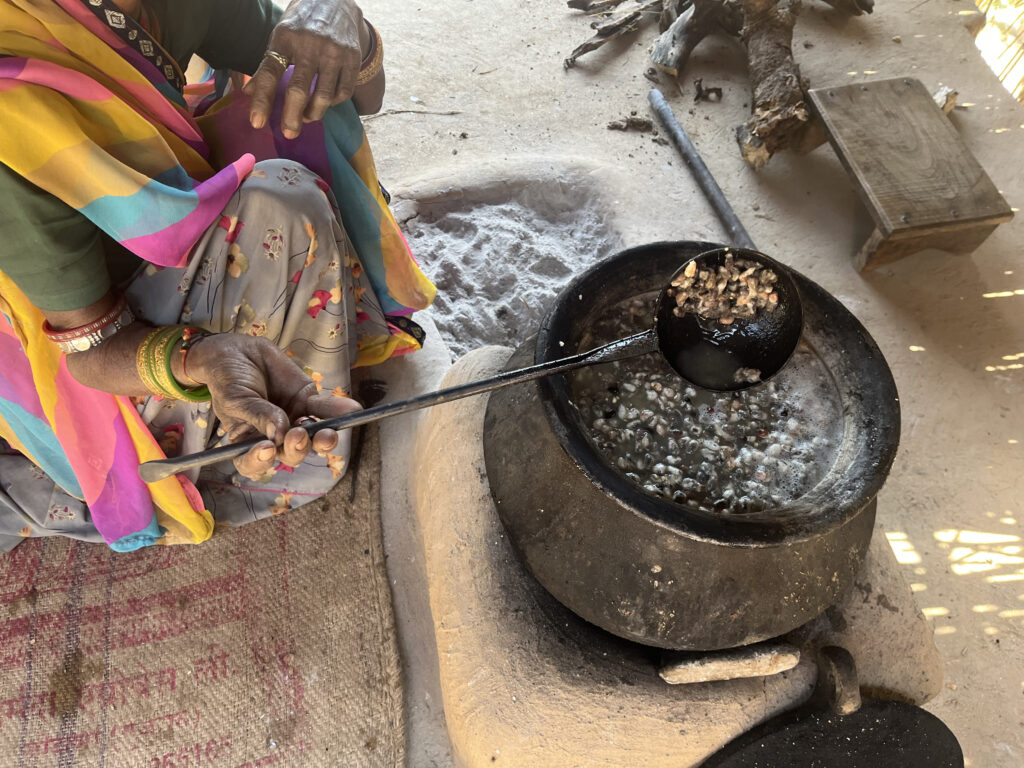
With limited dietary diversity and long hours of manual labour, nutrition remains a concern within the Bhil community. Many women experience chronic body aches and recurring sickness in the winter months.
“But our families do fall ill less often when eating organic produce,” claims Jamkubai Bhil, a mother of four kids.
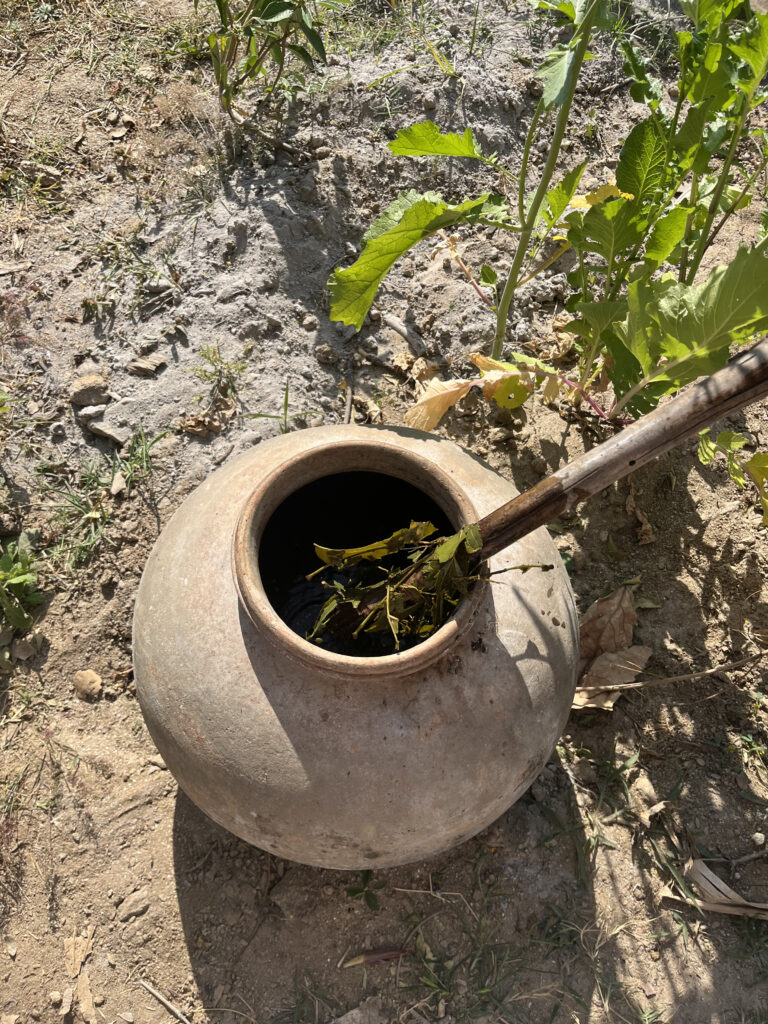
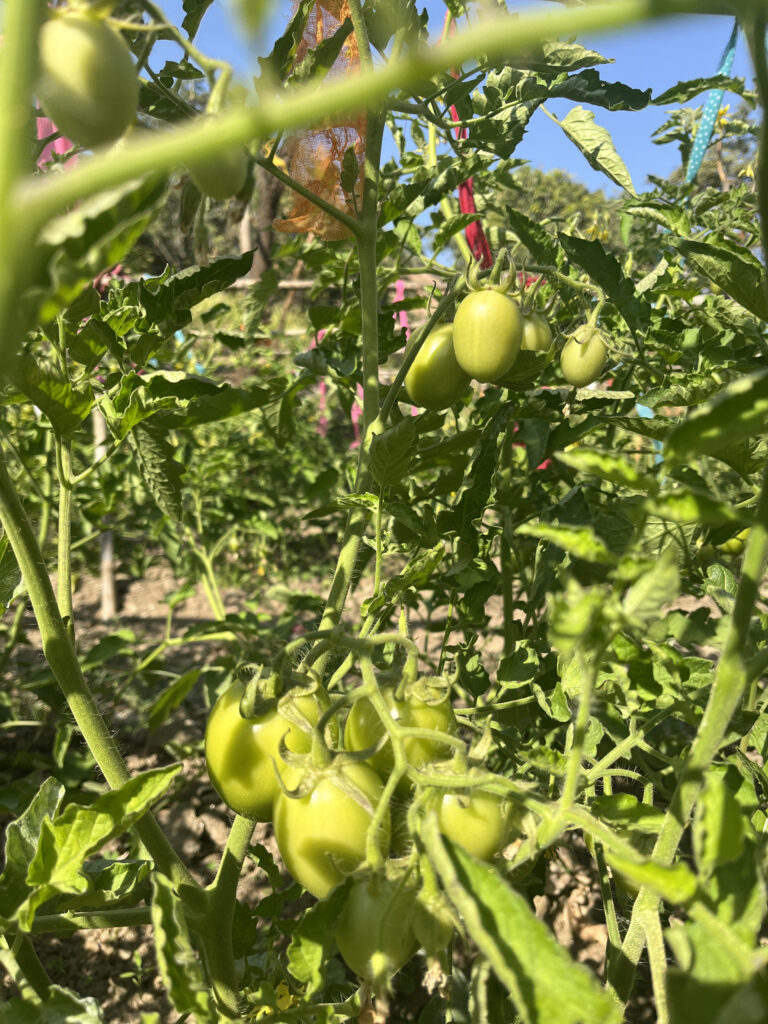
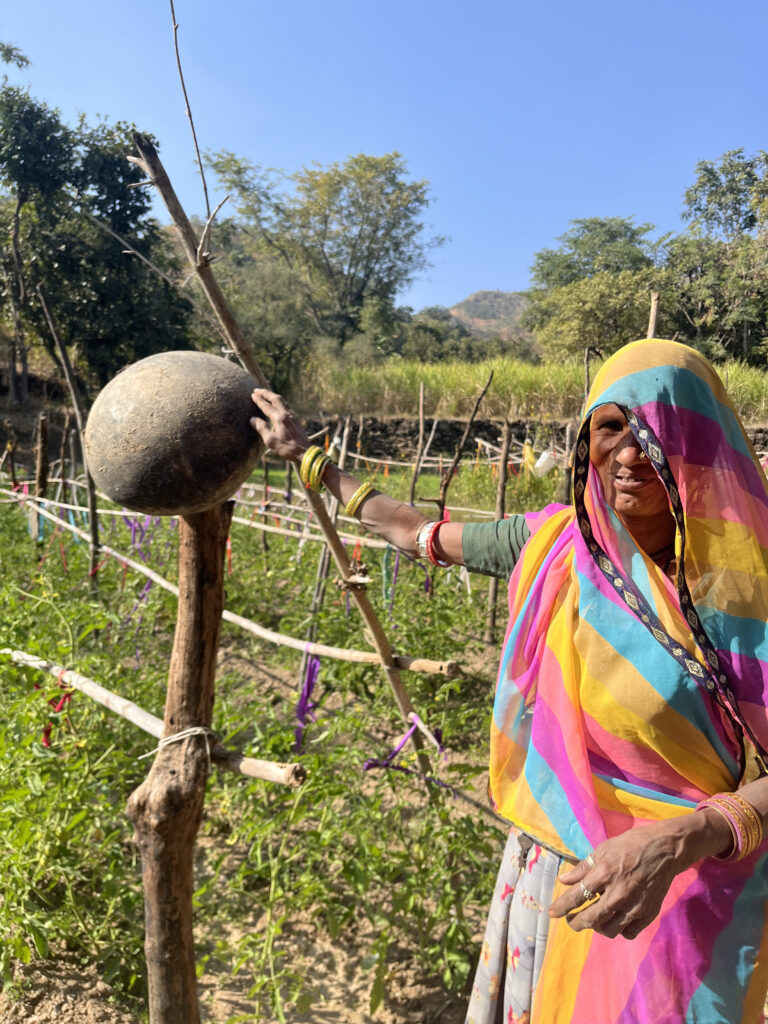
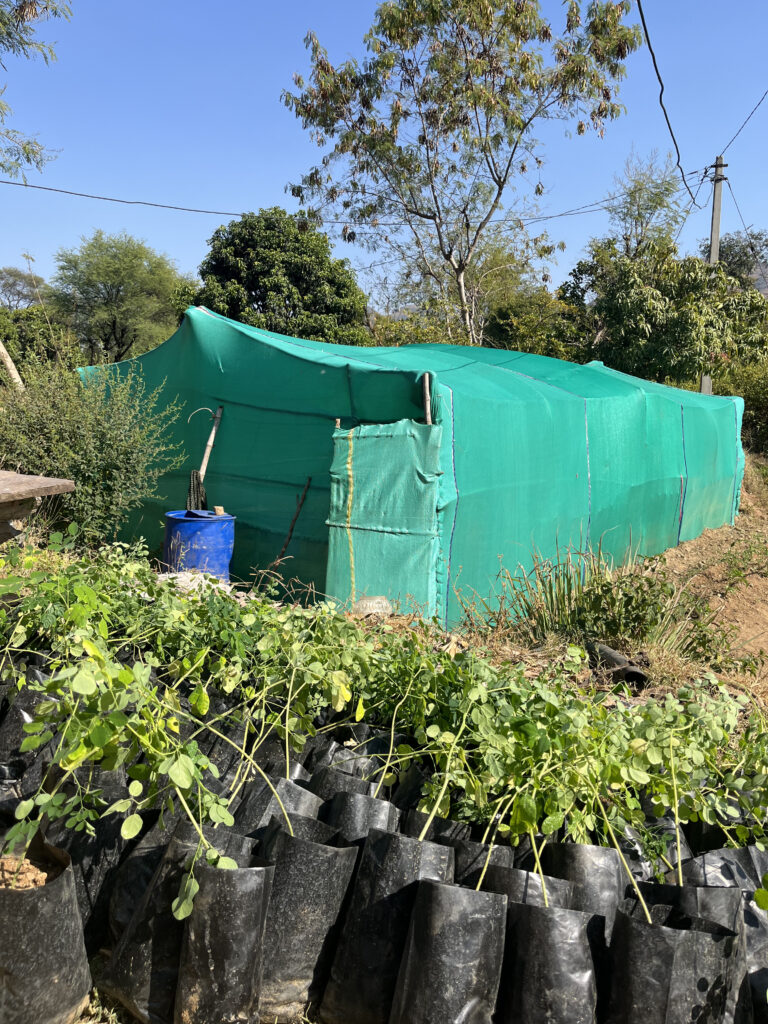
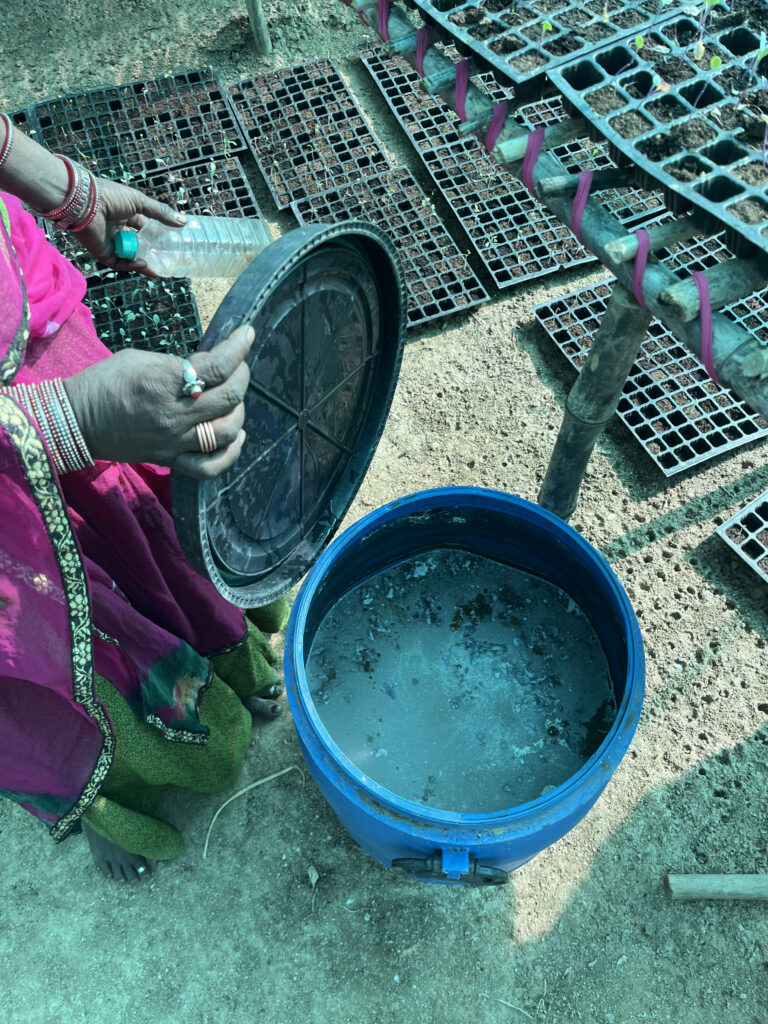
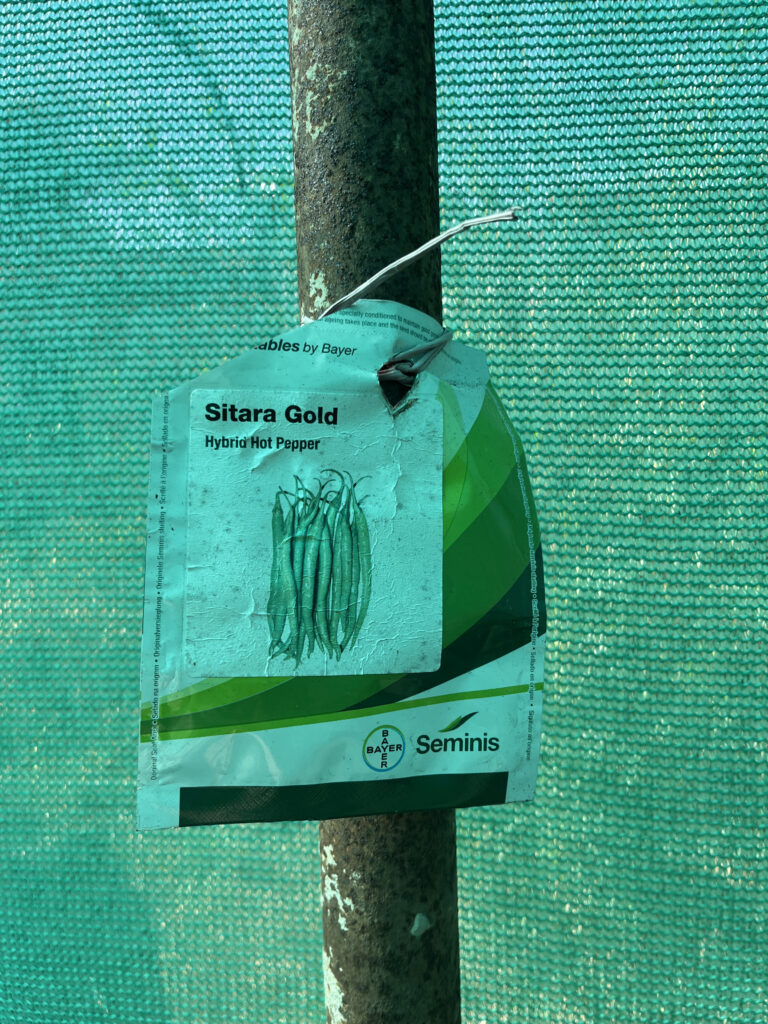
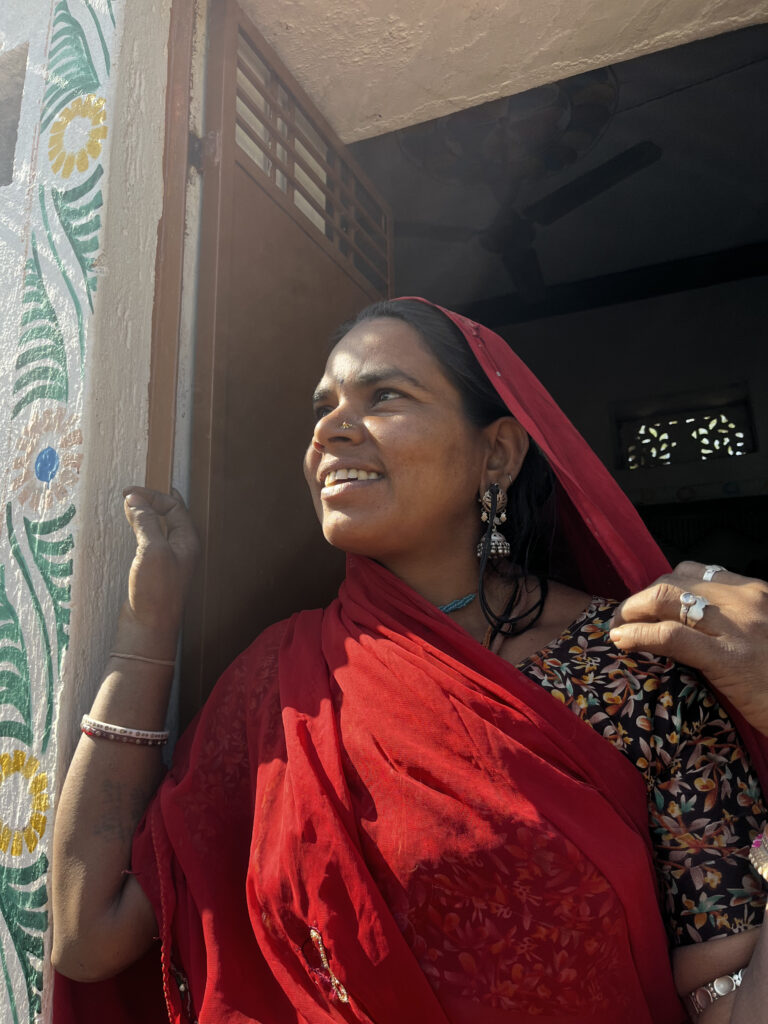
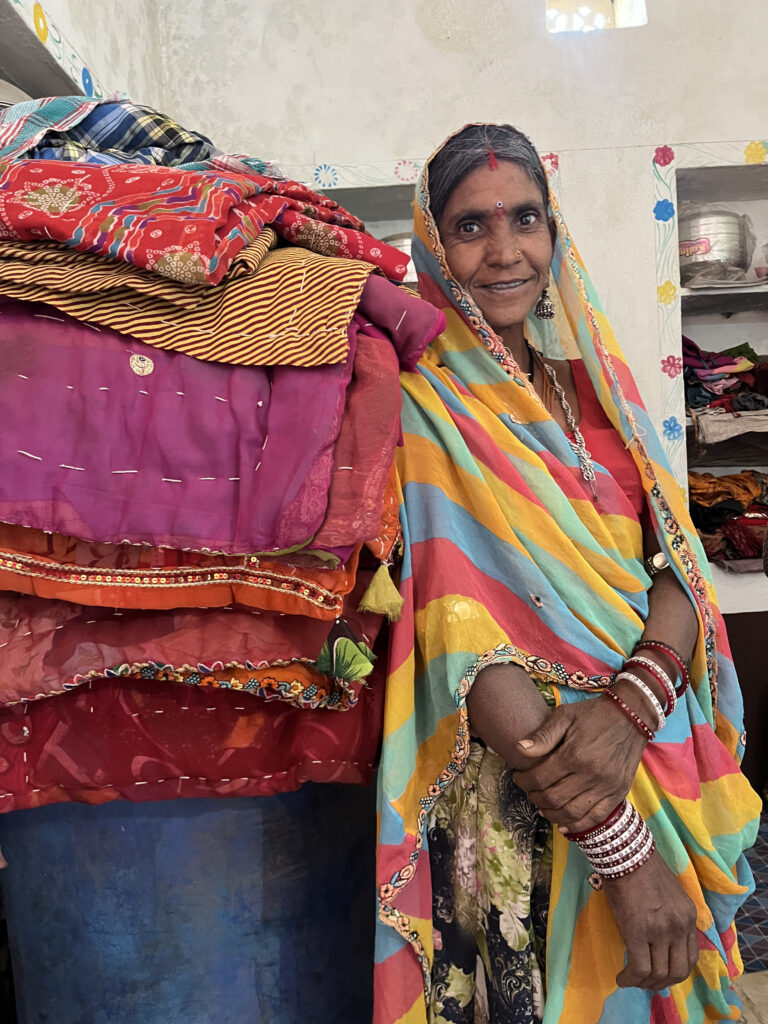
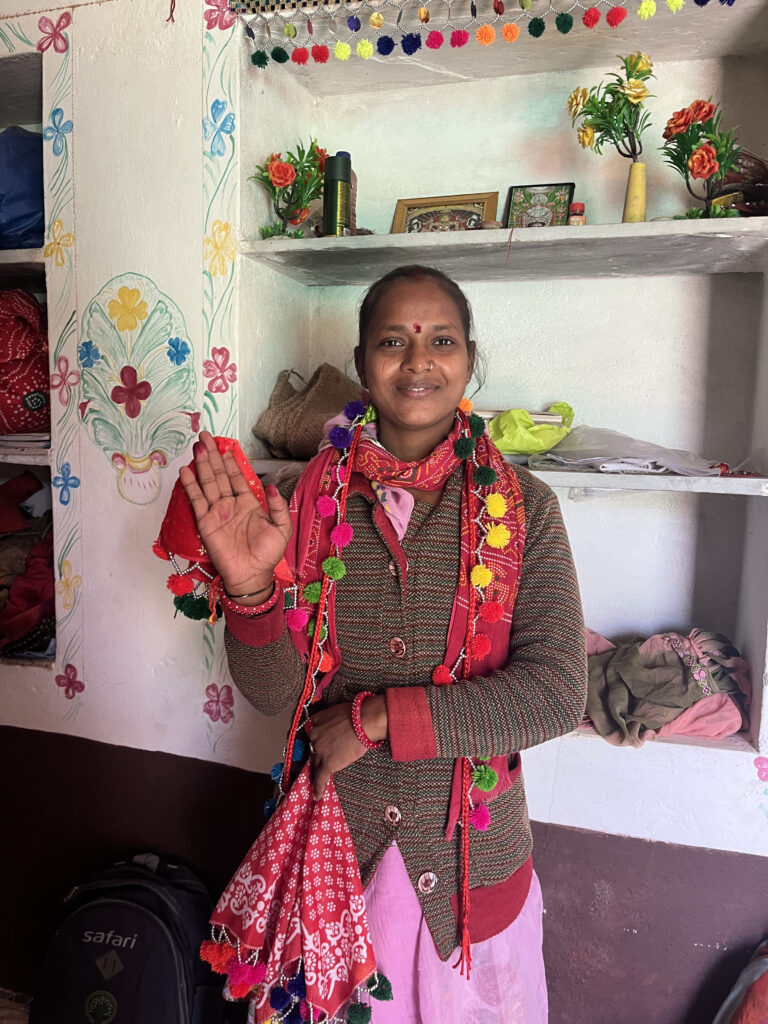
The Centre is pushing organic farming under the Paramparagat Krishi Vikas Yojana (PKVY) but Jasodha points out how knowledge of government schemes reaches tribal areas last, especially women farmers, due to a lack of literacy.
Despite aggressive marketing of its schemes for tribal women, the incentives and income are yet to trickle down to the women of Peepla, all of whom, including Jasodha, leave for their shifts under MGNREGA at nine every morning. The 100 days of labour, under the Mahatma Gandhi National Rural Employment Guarantee Scheme earns them Rs. 266 a day. They return at five and move straight to the fields. There is no time to be tired.
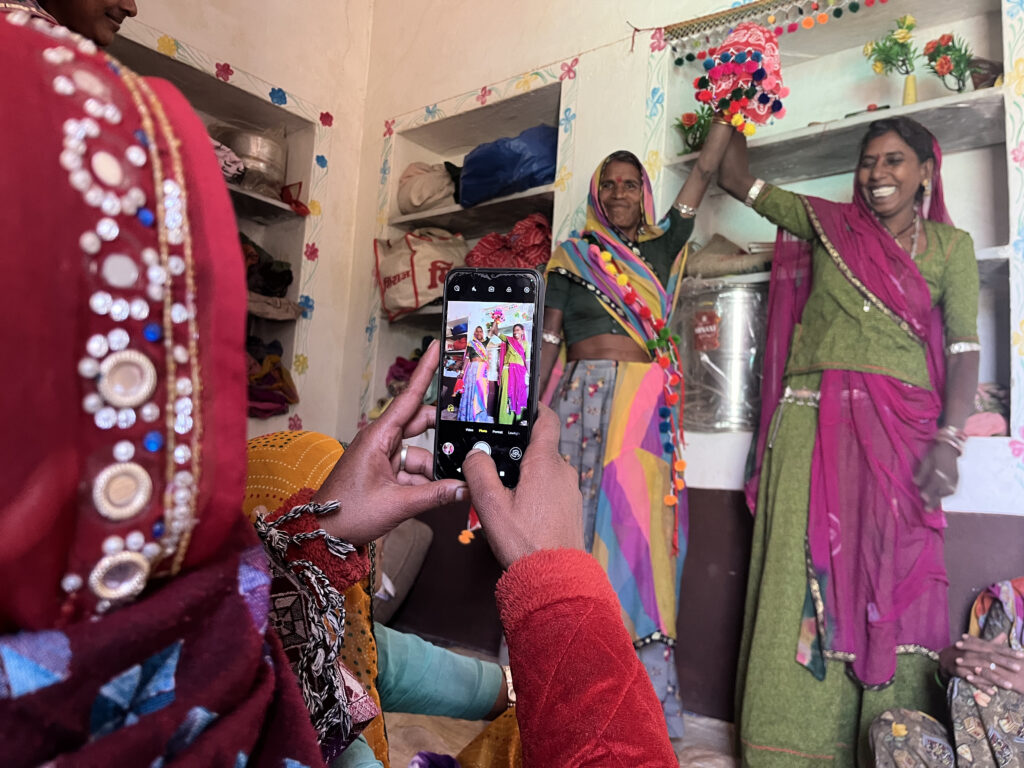
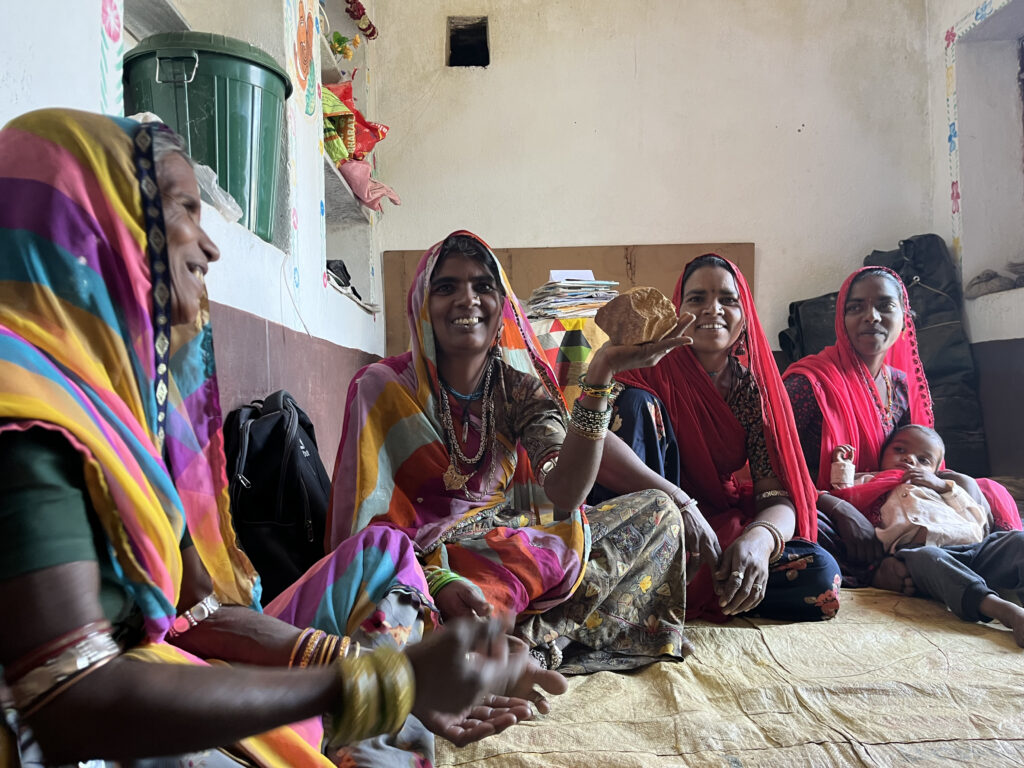
In Rajasthan, 68% of MGNREGA’s workers are women – one of the highest in India. As men migrate, women stay tethered to home and field. In Kumbhalgarh’s dry, hilly terrain, opportunities are few, with only 28% of Rajsamand’s land being cultivable.
In August 2023, the Prime Minister declared his vision for the Lakhpati Didis scheme– to create 3 crore women SHG members earning over Rs.1 lakh a year. Rajasthan aims to have 11 lakh such women by 2025. The women BehanBox interviewed had never heard of such a scheme. For them these targets remain unimaginable. BehanBox had earlier analysed the issues with the Lakhpati Didi scheme.
Natural farming is slow, but the women see no alternative. For now, they prepare the inputs, sow the seeds, and pray that this season, the rain will be just right.
In a good year, they have enough to eat. In a bad year, they take a loan and try again.
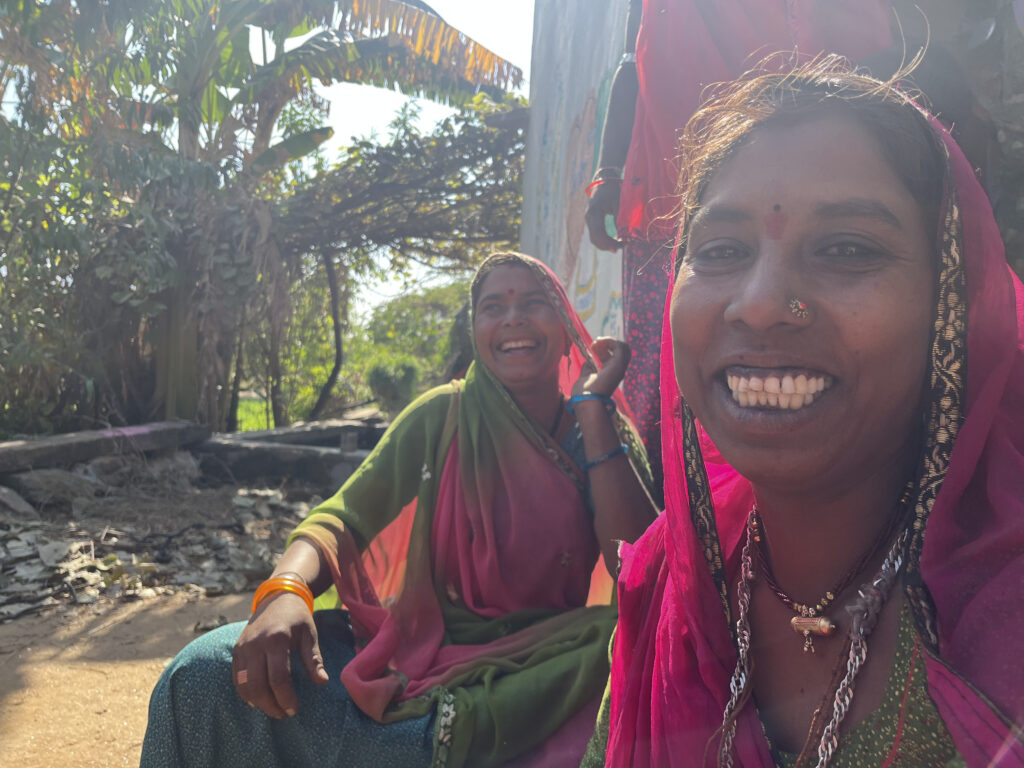
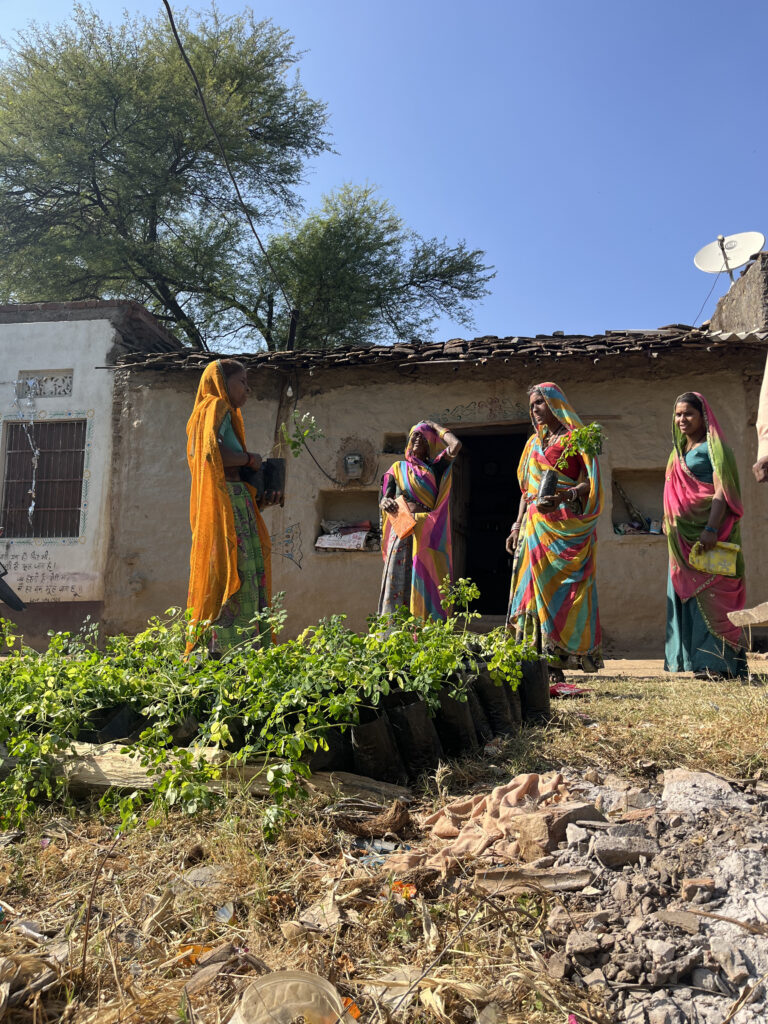
[This story was produced as a part of the Media Fellowship on Agroecology supported by the National Coalition for Natural Farming.]
[Mansi Vijay is an independent journalist based in Delhi. She reports on matters at the intersection of gender, health and climate change.]
We believe everyone deserves equal access to accurate news. Support from our readers enables us to keep our journalism open and free for everyone, all over the world.

